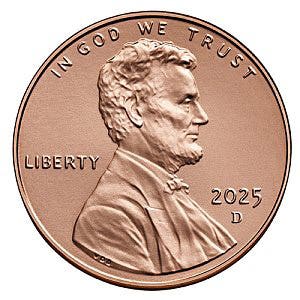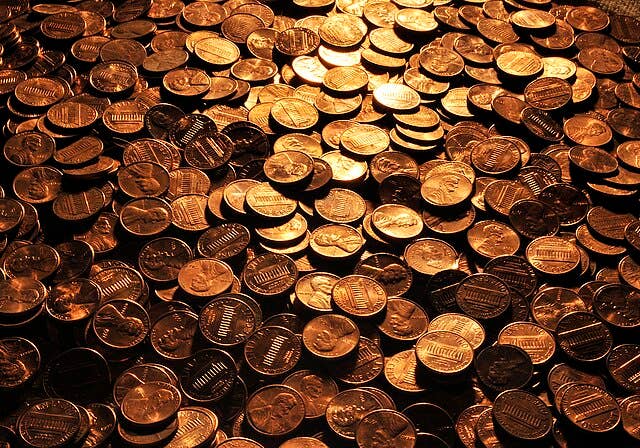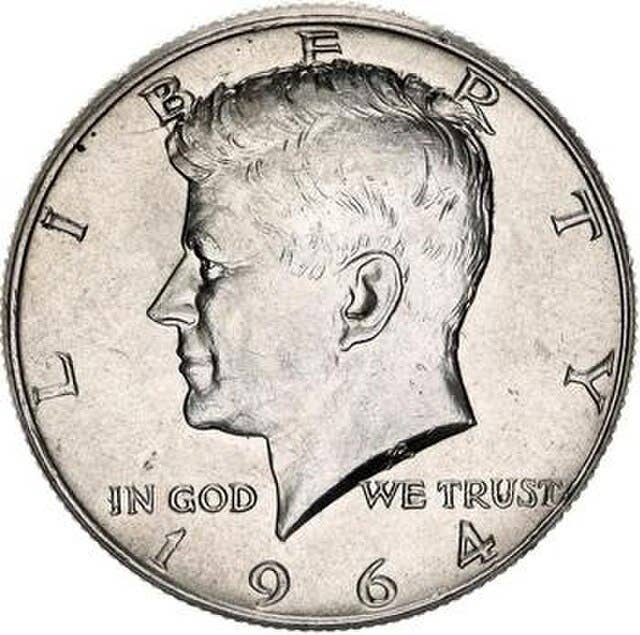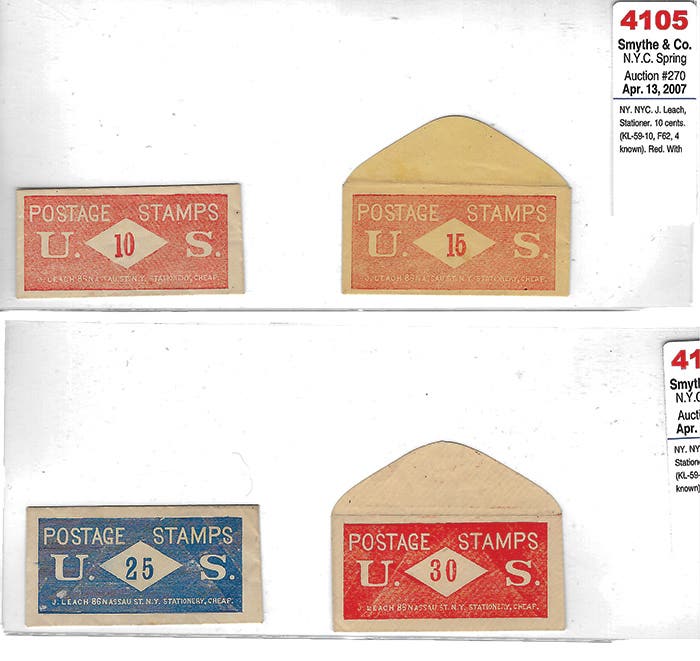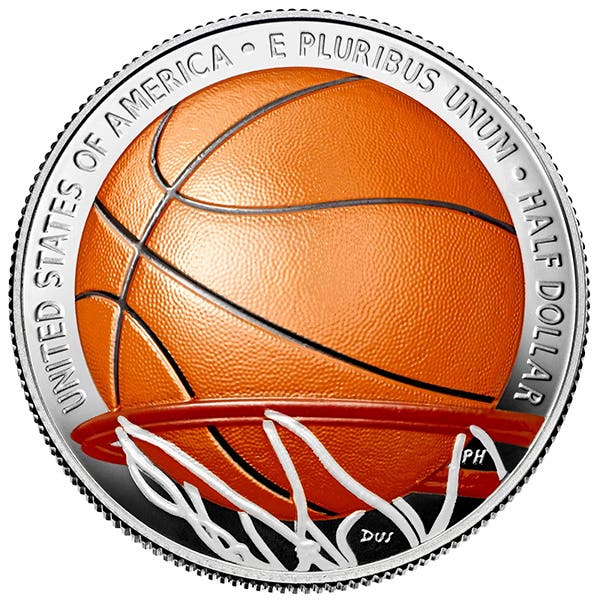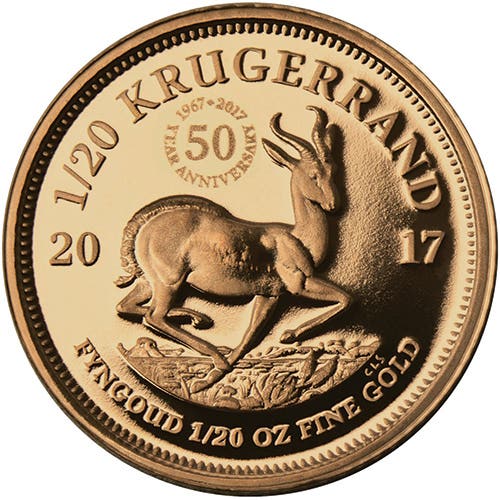Proof Franklin Half Dollars Make Surprising Bargains
By Mark Benvenuto Franklin half dollars are a fun series to collect, even though they sometimes get pushed into the background when the best of the best among the Walking…
By Mark Benvenuto
Franklin half dollars are a fun series to collect, even though they sometimes get pushed into the background when the best of the best among the Walking Liberty halves take the stage, and some high-end example crosses the auction block. Yet among the Franklin halves are a rather amazing subset of beautiful coins – ones that we might find qualify as amazing in price as well. We are talking about the proofs.
FROM 1950-1956
While the Franklin half dollar series was unveiled in 1948, it wasn’t until 1950 that any proofs were produced. The idea of a proof set of each denomination of circulating coin had been an offering of the main Mint in Philadelphia from 1936 to 1942 but had been dormant since then. In 1950, the folks in Philly got the program cranked up again, to the tune of 51,386 proof sets, all of which included half dollars. Most of these sets have been broken up over the years, and so it’s not too tough to find the lone proof Franklin half. An example in PF-65 will probably cost about $450 today, which is a hefty price tag for those bargain-hunters among us. A far more palatable price might be $100 per coin.
A side note might be in order here, before we go on. Although we will focus on proof Franklin halves, for the few years in which none were made, or the early years in which the prices may be a bit steeper than we’d like, there are also plenty of Mint State specimens of the circulating coins that can still be found. In major price lists, they are designated MS-65 and such, instead of PF-65, but are still very attractive half dollars. For the person who wants a full date run of this series, these Mint State versions just may be available at prices near $100 per coin.
Throughout the 1950s, the number of proof sets, including the number of proof Franklins, tended to rise. By 1954, the number had gotten up to 233,300; and for collectors today, the good news is that the prices got correspondingly lower.This 1954 is the first date where we can indeed get our mitts on a PF-65 specimen for $100 or less. In this case it will be quite a bit less, namely $75. So, the first four years of the proofs for these 50-cent pieces will be above our $100 target. But even with only 233,300 to its tally, this fifth year of issue is very attractively priced. This has to be a matter of collector desire, or perhaps lack of it, as by comparison a 1916-D Mercury dime costs over $10,000 in something like MS-60, and there were 264,000 of this much-desired key date minted – more than our 1954 proof Franklin.
THE YEAR 1957 AND THE ULTIMATE TIPPING POINT
The year 1957 saw the 1-million mark broken for United States proof sets, when 1,247,952 were pounded out. We have just seen that a program that started, or re-started, modestly, grew with each passing year until it got to a point that any collector would call common. The price tag for one of these proofs is as low as $35 in a grade like PF-65, and only modestly above our ceiling – at $140 – for a specimen in PF-67.
This price difference brings up the interesting point, or perhaps question: Just what are we trying to collect? Being budget-minded, of course we’ll take a hard look at the proof with the lower price. But for those of us who are both frugal and willing to try for the best of the best, the higher version might be worth the money.
FROM 1958-1963
After the 1957 Franklin, none of these dates are as rare as the older, classic proofs. The year 1961 saw the total offering of proofs jump to over 3 million, a level it stayed at for each of the final three years of the series. Admittedly, the 1958 saw a slight dip in production, to “only” 875,652 proof sets, but even that date is not hard to come by today. And at PF-65, each of these last six years currently sport price tags of about $30.
The question we just brought up for the 1957 proof Franklin half is then one that is worth asking again for each of the dates from 1958 to 1963. Paying something like $25 for a 1963 as PF-65 is wonderful. Paying $80 for the same coin as a PF-67 isn’t bad either. Looking through the price listings of the major, third-party grading services might show us higher price tags for more elusive, higher grades, like a PF-68. And so it’s again worth asking ourselves what we are trying to collect. If it is a handsome-looking series of proof half dollars for as little as we can spend, certainly the PF-65 coins have an allure to them. If we are still keeping one eye on the budget but are willing to reach for the absolute best specimen we can find, those higher grades do sing something of a siren song.
We mentioned right at the beginning that the 1950, the 1951, the 1952 and the 1953 proofs are the only quartet of Franklin half dollars with price tags too far above our $100 limit for comfort. Since the prices of the others are so low, however, it might be worth considering the idea of averaging things out – spend more for the earliest dates, knowing that we’ll make the purchases for the latter dates far below what we originally planned. Food for thought.
Overall, we have here a series of big, classic silver 50-cent pieces in which there are proofs for almost every year, with many of them qualifying as downright cheap. It looks like there is fertile ground for we bargain collectors in among the proof Franklin half dollars.
As an Amazon Associate, Numismaticnews.net earns from qualifying purchases made through affiliate links.




